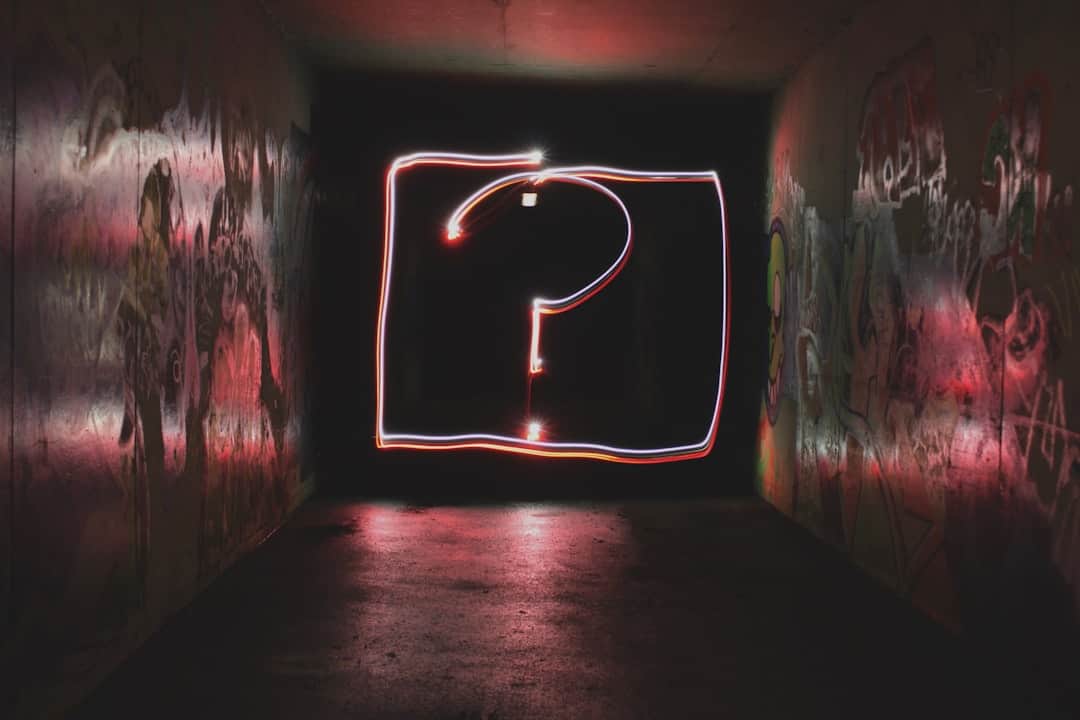Cloud computing security encompasses a comprehensive set of measures designed to safeguard data, applications, and infrastructure within cloud environments. This includes various policies, technologies, and controls implemented to ensure the protection of cloud-based resources. Key components of cloud security include data encryption, access control mechanisms, identity management systems, and network security protocols.
The primary objective of these security measures is to maintain the confidentiality, integrity, and availability of information stored and processed in cloud environments. A fundamental concept in cloud computing security is the shared responsibility model. This model delineates the security responsibilities between the cloud service provider and the customer.
Cloud service providers are typically responsible for securing the underlying infrastructure, including physical security and the protection of hardware and networking components. Customers, on the other hand, are responsible for securing their data, applications, and managing access to cloud services. This division of responsibilities highlights the importance of customers understanding the security measures implemented by their cloud service provider and taking appropriate steps to secure their own data and applications within the cloud environment.
Key Takeaways
- Cloud computing security involves protecting data, applications, and infrastructure in the cloud from unauthorized access, data breaches, and other security threats.
- Data protection in the cloud is crucial for safeguarding sensitive information and ensuring compliance with data privacy regulations.
- Common security threats in cloud computing include data breaches, insider threats, malware, and denial of service attacks.
- Best practices for securing data in the cloud include implementing strong access controls, regular security audits, and encryption of data at rest and in transit.
- Encryption and data privacy are essential components of cloud computing security, helping to protect sensitive data from unauthorized access and ensuring compliance with privacy regulations.
Importance of Data Protection in the Cloud
Data protection in the cloud is of paramount importance due to the sensitive nature of the data stored and processed in cloud environments. Organizations rely on cloud computing to store and process vast amounts of data, including customer information, financial records, intellectual property, and proprietary business data. As such, ensuring the security and privacy of this data is critical to maintaining trust with customers and complying with regulatory requirements.
Data protection in the cloud also extends to ensuring data availability and integrity. Organizations must implement measures to prevent data loss or corruption, as well as ensure that data is accessible when needed. This includes implementing backup and disaster recovery solutions to mitigate the risk of data loss and ensure business continuity.
Additionally, data integrity measures such as data validation and checksums can help detect and prevent unauthorized changes to data.
Common Security Threats in Cloud Computing

Cloud computing environments are susceptible to a variety of security threats that can compromise the confidentiality, integrity, and availability of data. Common security threats in cloud computing include data breaches, insider threats, malware, denial of service attacks, and misconfigured security controls. Data breaches can occur due to unauthorized access to sensitive data, either through exploitation of vulnerabilities or through insider threats such as malicious employees or contractors.
Malware poses a significant threat to cloud environments, as it can infect virtual machines and compromise data integrity. Misconfigured security controls are another common security threat in cloud computing, as they can lead to unintended exposure of sensitive data or unauthorized access to cloud resources. Denial of service attacks can disrupt cloud services and make data inaccessible, impacting business operations and customer experience.
Understanding these common security threats is essential for implementing effective security measures to protect data in the cloud.
Best Practices for Securing Data in the Cloud
| Best Practices for Securing Data in the Cloud |
|---|
| Use strong encryption for data at rest and in transit |
| Implement multi-factor authentication for access control |
| Regularly update and patch cloud infrastructure and applications |
| Implement robust access control and least privilege principles |
| Regularly audit and monitor access and usage of cloud resources |
| Implement data loss prevention (DLP) measures |
| Establish clear data governance and compliance policies |
Securing data in the cloud requires a comprehensive approach that encompasses various best practices to mitigate security risks. One best practice is to implement strong access controls and identity management measures to ensure that only authorized users have access to sensitive data and cloud resources. This includes implementing multi-factor authentication, role-based access control, and regular access reviews to prevent unauthorized access.
Another best practice is to encrypt data both at rest and in transit to protect it from unauthorized access. Encryption ensures that even if data is compromised, it remains unreadable without the appropriate decryption keys. Additionally, organizations should regularly monitor and audit their cloud environments for security vulnerabilities and anomalous activities to detect and respond to potential security incidents.
Encryption and Data Privacy in Cloud Computing
Encryption plays a crucial role in ensuring data privacy in cloud computing. By encrypting data at rest and in transit, organizations can protect sensitive information from unauthorized access and maintain compliance with data privacy regulations. Encryption algorithms such as AES (Advanced Encryption Standard) are commonly used to encrypt data in the cloud, providing a high level of security against unauthorized access.
In addition to encryption, organizations should also consider implementing data masking techniques to further protect sensitive information. Data masking involves replacing sensitive data with fictitious but realistic values, allowing organizations to use realistic test data without exposing sensitive information. By combining encryption and data masking techniques, organizations can enhance data privacy in the cloud and reduce the risk of unauthorized access to sensitive information.
Compliance and Regulatory Considerations for Cloud Security

Compliance with regulatory requirements is a critical aspect of cloud security, particularly for organizations operating in highly regulated industries such as healthcare, finance, and government. Data protection regulations such as GDPR (General Data Protection Regulation) and HIPAA (Health Insurance Portability and Accountability Act) impose strict requirements on how organizations handle and protect sensitive data. Failure to comply with these regulations can result in severe penalties and reputational damage.
To ensure compliance with regulatory requirements, organizations must carefully assess their cloud service providers’ security measures and ensure that they meet the necessary standards. This includes evaluating the provider’s data protection practices, security certifications, and adherence to industry-specific regulations. Additionally, organizations should implement robust data governance practices to maintain compliance with regulatory requirements and demonstrate accountability for protecting sensitive data in the cloud.
Choosing the Right Cloud Service Provider for Data Security
Selecting the right cloud service provider is crucial for ensuring data security in the cloud. When evaluating potential providers, organizations should consider factors such as security certifications, compliance with industry regulations, data encryption capabilities, access controls, and incident response procedures. It’s essential to choose a provider that demonstrates a strong commitment to security and has a proven track record of protecting customer data.
Furthermore, organizations should assess the provider’s transparency regarding their security practices and engage in thorough due diligence to understand how their data will be protected in the cloud environment. This includes reviewing service level agreements (SLAs) to ensure that they include robust security commitments and provisions for data protection. By carefully selecting a reputable and trustworthy cloud service provider, organizations can enhance their data security posture and mitigate potential risks associated with storing and processing data in the cloud.
One related article to cloud computing security is “Metaverse and the Real-World Economic and Social Impacts” which discusses the potential impact of metaverse technology on various industries. This article explores how the metaverse could revolutionize the way businesses operate and interact with customers, which could have implications for cloud computing security. To read more about this topic, you can check out the article here.
FAQs
What is cloud computing security?
Cloud computing security refers to the set of policies, technologies, and controls deployed to protect data, applications, and infrastructure associated with cloud computing. It aims to ensure the confidentiality, integrity, and availability of data and resources in the cloud environment.
Why is cloud computing security important?
Cloud computing security is important because it helps to protect sensitive data and resources from unauthorized access, data breaches, and other security threats. It also helps to build trust and confidence in cloud services, enabling organizations to leverage the benefits of cloud computing while mitigating potential risks.
What are the common security threats in cloud computing?
Common security threats in cloud computing include data breaches, unauthorized access, insider threats, insecure interfaces and APIs, account hijacking, and denial of service attacks. These threats can compromise the confidentiality, integrity, and availability of data and resources in the cloud.
What are some best practices for cloud computing security?
Some best practices for cloud computing security include implementing strong access controls, encrypting data in transit and at rest, regularly monitoring and auditing cloud resources, conducting security assessments and penetration testing, and staying updated with security patches and updates.
What are the different types of cloud computing security controls?
Cloud computing security controls can be categorized into preventive controls, detective controls, and corrective controls. Preventive controls aim to prevent security incidents, detective controls help to identify security incidents, and corrective controls are used to respond to and recover from security incidents.
How can organizations ensure compliance with regulations and standards in cloud computing security?
Organizations can ensure compliance with regulations and standards in cloud computing security by conducting regular risk assessments, implementing security controls that align with relevant regulations and standards, and engaging with third-party auditors to validate compliance. It is also important to stay updated with changes in regulations and standards.











Leave a Reply